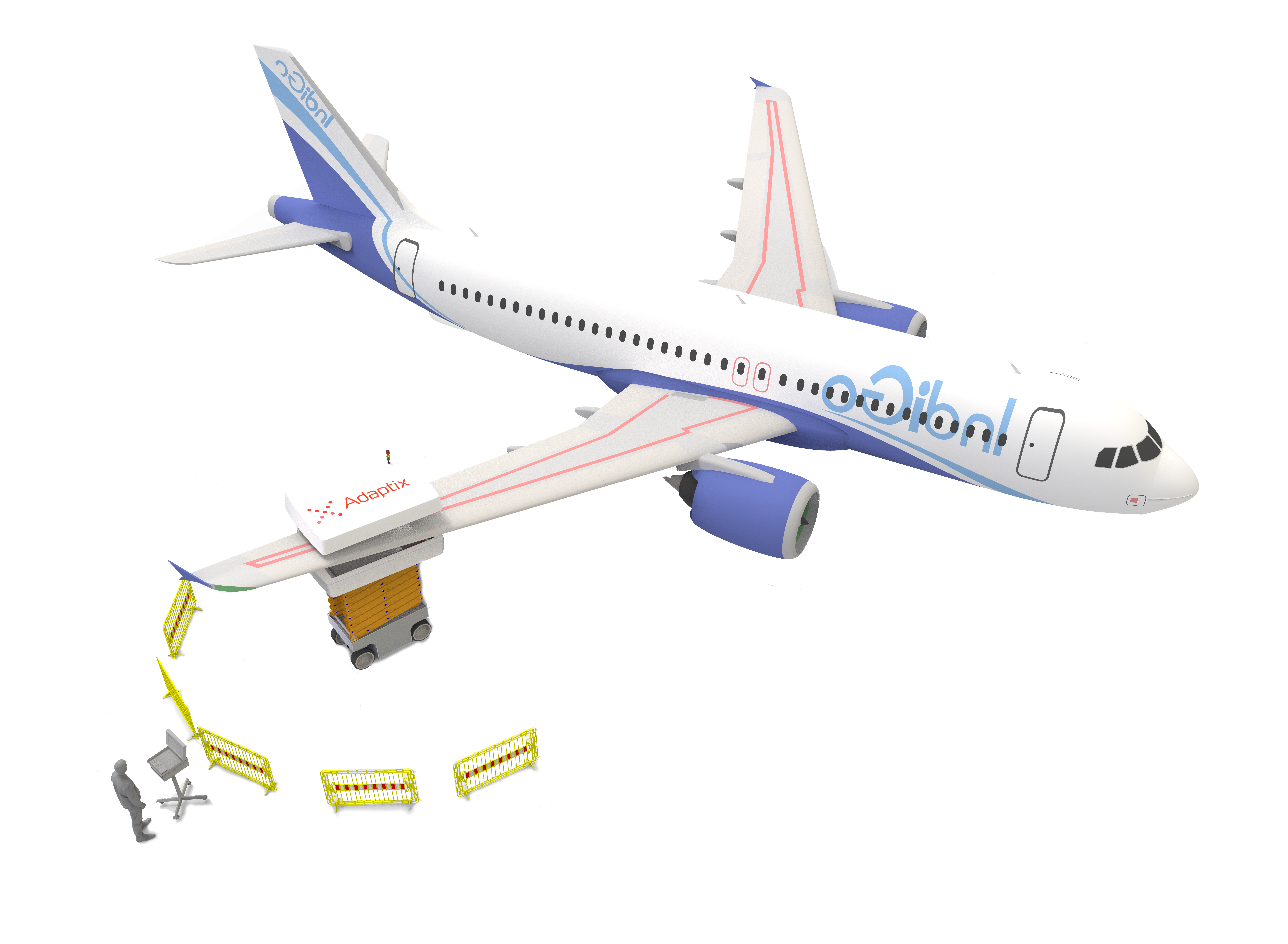Transforming inspection economics with the next generation of Non-Destructive Evaluation (NDE)
As a champion case study for (UK Catapult) The National Composites Centre, Adaptix have a game-changing technology: UK SME’s affordable non-destructive testing solution to meet emerging challenges in the aerospace sector | National Composites Centre (nccuk.com)
Adaptix have CE marked product which they are evolving after winning “fiercely competitive” ATI & NATEP InnovateUK grants, supported by a conglomerate of the leading aerospace primes to move us to NDE4.0 and facilitate Digital Twins.
Adaptix technology (via Digital Tomosynthesis) allows:
- 1. R&D project crashing for faster evolution of new composite manufacturing methods and materials
- 2. 3D X-ray for fast, routine use
- 3. Uniquely deployable 3D X-ray for maintenance and manufacturing
- 4. Unique dry-preform inspection
-
- – Finding faults/rework ~65% sooner in process
- – Reduces material waste and environmental impact
- – Reduces costs
- – Increases operating efficiency and effectiveness
-
- 5. Digital Twins and NDE4.0 facilitation.
Adaptix allows Metal Additive inspection at the rate of manufacture.
- After manufacture, place the part in our system
- See powder in the ducts, porosity and voids in < 3 minutes of manufacture
- Or visualise that it’s fit-for-purpose, with more data and more confidence.


© 2024 by Adaptix Limited | Registered in England & Wales no. 06857417 | VAT No. 119317422

